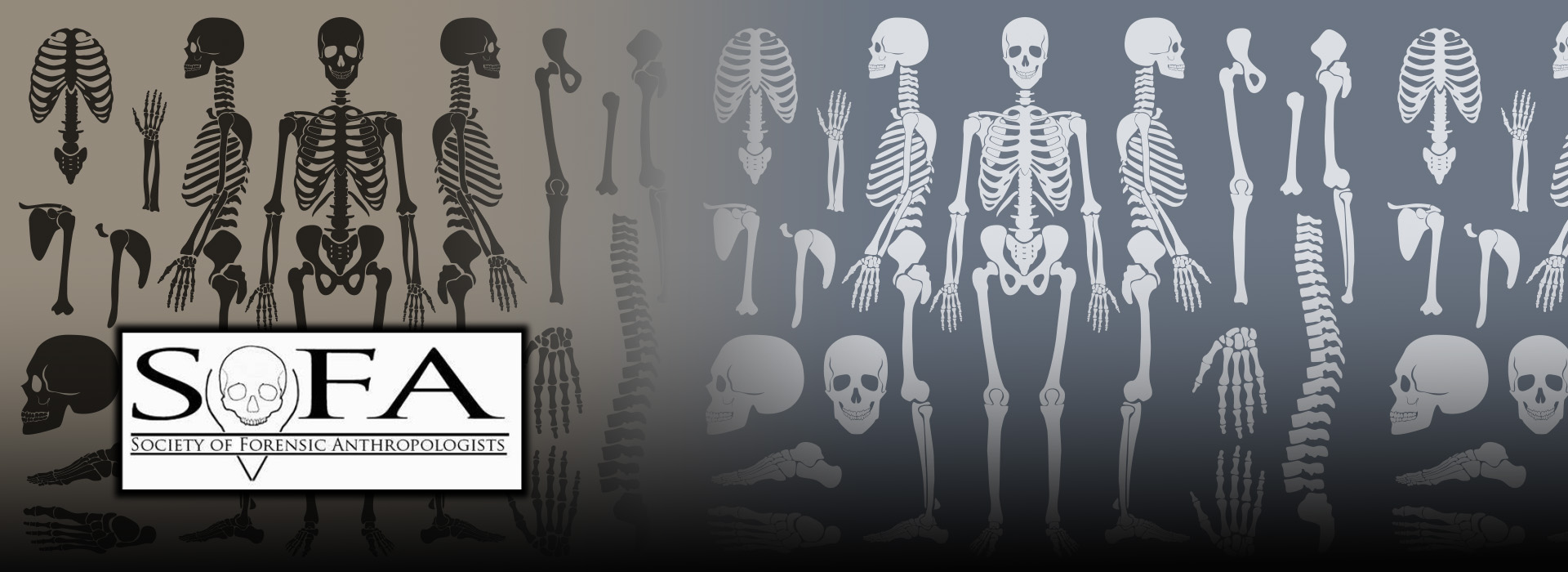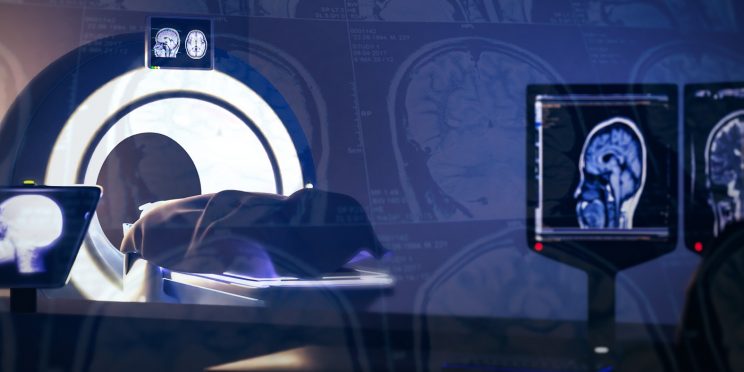Overview
The Society of Forensic Anthropologists (SOFA) is a non-profit organization comprised of active American Academy of Forensic Science members who are forensic anthropology practitioners. SOFA promotes communication and cooperation among forensic anthropologists and is committed to professional growth and education. The increasing prevalence of new methods that incorporate novel software, databases, data collection techniques, and statistical approaches warrants ongoing trainings. However, there is no platform that currently and consistently offers open-access workshops for forensic anthropology practitioners. Providing practitioners with trainings on these new methods is necessary to ensure the continued progression to contemporary and quality methods within the discipline.
In this five-part series spanning several months, the National Institute of Justice’s Forensic Technology Center of Excellence (FTCOE), in collaboration with SOFA, invites five experts whose methodological research and publications provide substantial contributions to the practice of anthropology in the areas of biological profile estimation (sex, age, and ancestry) and trauma analysis of human skeletal remains. The target audience of the series consists of those currently practicing as forensic anthropologists, as well as graduate students whose training incorporates forensic anthropological casework. These presentations will provide multiple opportunities for the experts to communicate directly with those practitioners working with or planning to work with the presented method. Talks will include an introduction to the method and/or software, but most importantly will provide a platform for the experts to review key tips, clarify methodological points of confusion, and demonstrate any aspect of the method or interpretation that is key for effective, efficient, and accurate applications to casework. The live events will run about 1.5 hours, with time allocated for both the presentation and live Q&A, and will occur on the Zoom platform. The events will be recorded and archived on the FTCOE website for future viewing and will be freely accessible.
Webinars
Skeletal Sex Estimation and Practitioner Use of MorphoPASSE
This webinar originally occurred on October 5, 2022
Presenter: Alexandra Klales, Ph.D., D-ABFA
This presentation briefly discusses the current state of skeletal sex estimation in forensic anthropology. The primary focus of this presentation is on the MorphoPASSE: Morphological Pelvis and Skull Sex Estimation database and program for skeletal sex estimation. The presentation details the revised trait descriptions and scoring procedures, with examples, and demonstrates how to use the MorphoPASSE graphical user interface and interpret the output.
Forensic Fractography of Bone: A New Model for Skeletal Trauma Analysis
This webinar originally occurred on November 2, 2022
Presenters: Angi Christensen, Ph.D., D-ABFA & Mari Isa, Ph.D
Fractography is a tool for studying material failure. Analysis of cracks and fractures can reveal information about how, why, and where a fracture initiated and how a crack traveled, providing insight into the cause of failure. This webinar will provide a basic introduction to forensic fractography of bone, which represents a new model for skeletal trauma that emphasizes understanding the cause of material failure rather than simply classifying fracture patterns.
Transition Analysis 3 Age-at-Death Estimation: Past, Present, and Future
This webinar originally occurred on December 7, 2022
Presenter: Sara M. Getz, Ph.D., D-ABFA
The Transition Analysis 3 (TA3) age-at-death estimation method was developed with support from the National Institute of Justice. Participants will learn about the iterative process used to identify traits and develop definitions, and will be introduced to the TA3 Trait Manual and generic data collection form. The structure and use of the TA3 software (Beta Version 0.8.4), recommendations for data collection, and future research will also be discussed.
Age Estimation from the Pubic Symphysis: Back to Basics
This webinar occurred on January 11, 2023
Presenter: Kristen Hartnett-McCann, Ph.D., D-ABFA
The pubic symphysis joint on the pubic bone is frequently used in anthropology to estimate age-at-death in late adolescent and adult individuals. This webinar will provide a background on the age indicator, as well as a review of the anatomical features used in the age estimation methods based on this joint. The primary focus of the webinar is to help participants better interpret the written phase descriptions in pubic symphysis age estimation methods.
Dental Morphology: The Informative But Lesser Known Traits
This webinar occurred on February 8, 2023
Presenter: Heather Edgar, Ph.D. & Rebecca George, Ph.D.
This presentation will introduce scoring procedures for dental morphological traits of the molars that can be employed in population affinity estimates for forensic anthropological casework. While common traits, such as shoveling and Carabelli’s trait, will be briefly discussed, the focus on molar morphology will promote a greater understanding of informative, less commonly utilized traits that often preserve better in forensic case settings.
Related Resources
- The Society of Forensic Anthropologists
- MorphoPASSE: the Morphological Pelvis and Skull Sex Estimation Database
- MorphoPASSE: the Morphological Pelvis and Skull Sex Estimation Database Manual
- Angi M. Christensen, Mariyam I. Isa, Michael A. Smith, Joseph T. Hefner, Hugh E. Berryman, Ian S. Saginor, & Jodi B. Webb. (2022). A Guide to Forensic Fractography of Bone (1.0). Zenodo.
- Transition Analysis 3 (TA3) Software (version 0.8.4)
- Transition Analysis 3 (TA3) Trait Manual
Funding for this Forensic Technology Center of Excellence webinar series has been provided by the National Institute of Justice, Office of Justice Programs, U.S. Department of Justice.
The opinions, findings, and conclusions or recommendations expressed in this webinar series are those of the presenter(s) and do not necessarily reflect those of the U.S. Department of Justice.
Contact us at ForensicCOE@rti.org with any questions and subscribe to our newsletter for notifications.




